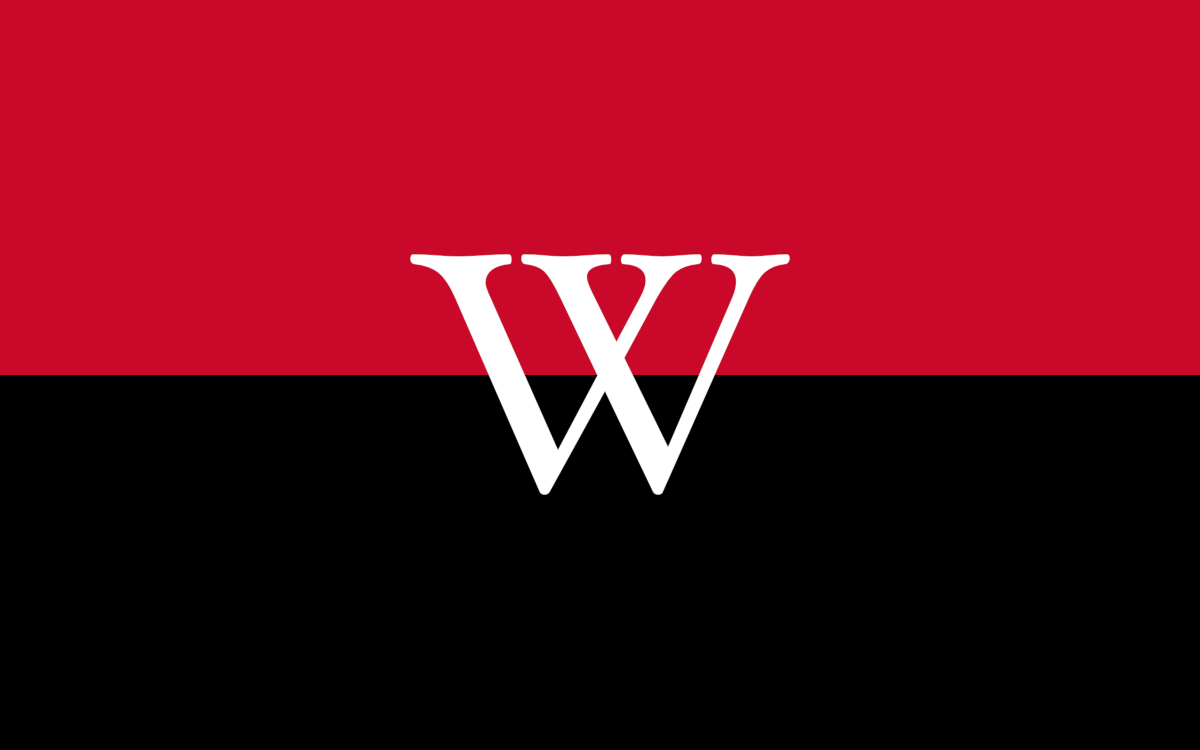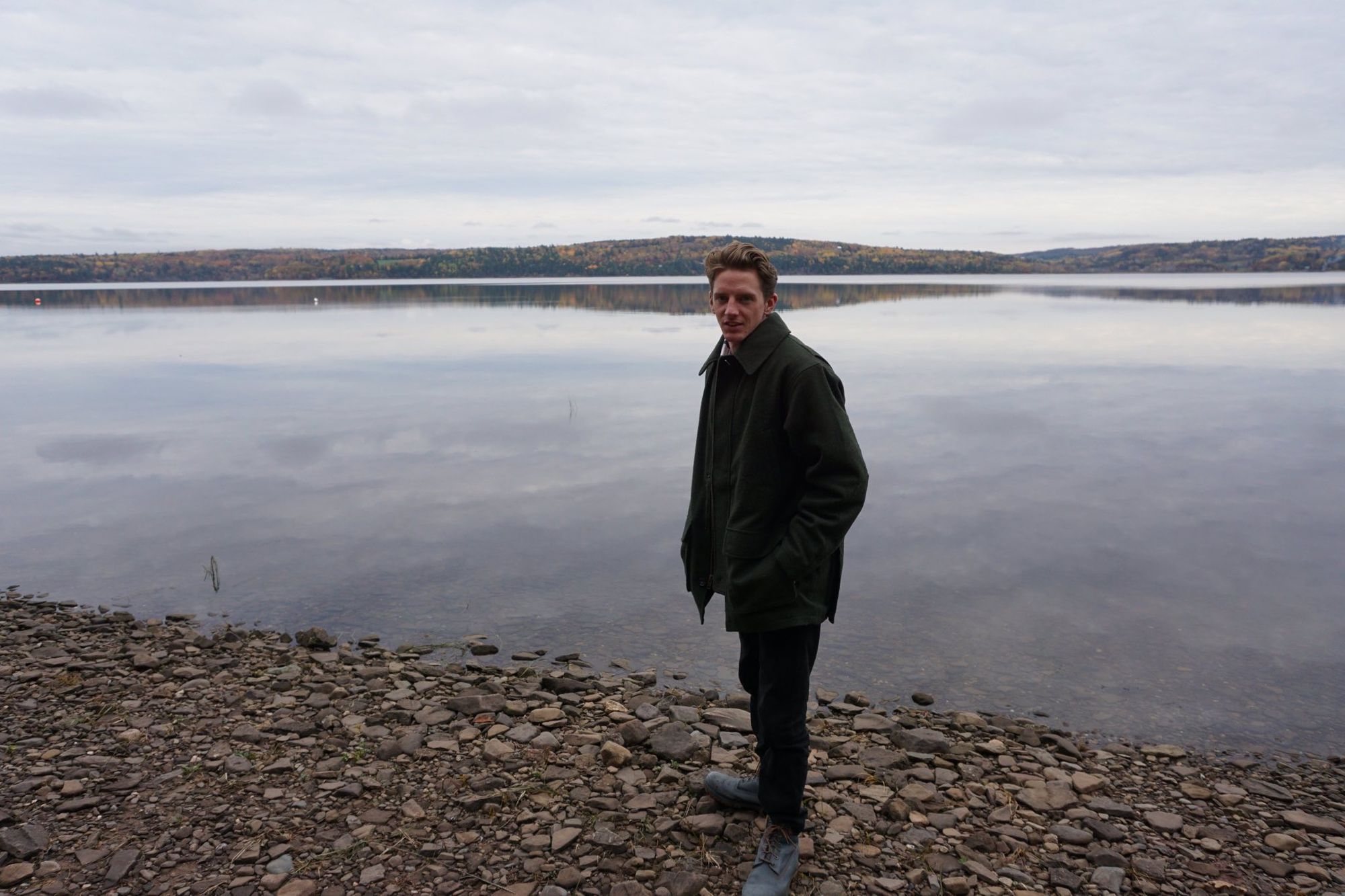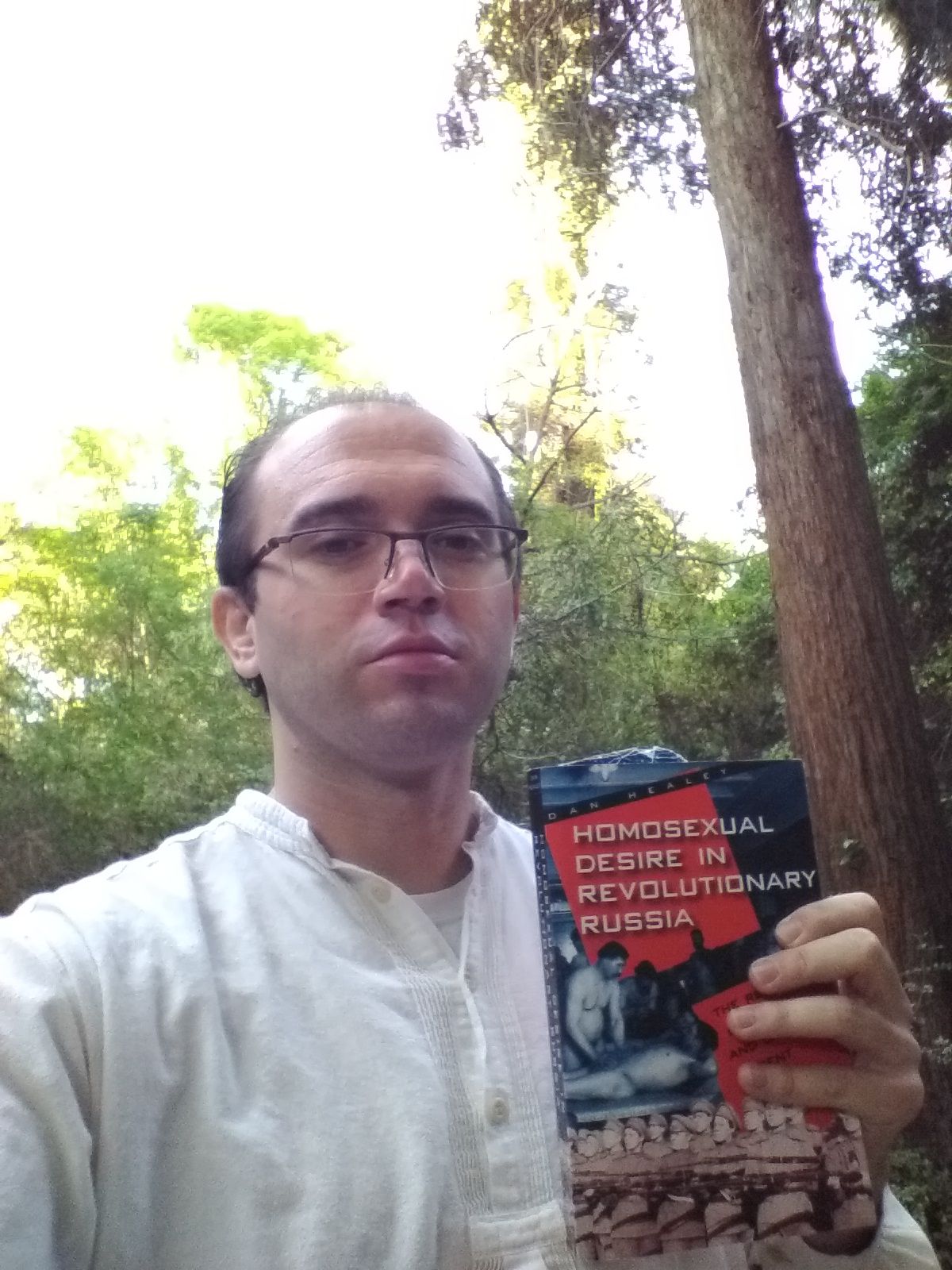Introduction to Citogenesis
I lay awake at night thinking about Julius Pringles. The mascot of the famous American potato crisp company has been around since the product was first marketed in 1968, but for decades following his birth, he never received a name. This was until 4 December 2006, when a couple of bored university students added the name 'Julius Pringles' to the product’s Wikipedia page. Despite inquiries as to the truth of this name, it stuck. When news sources began to report this new factoid, they were added to the Wikipedia article as evidence.
This process of circular reporting, commonly known on Wikipedia as 'citogenesis', eventually cemented the name into the historical record. When the company was bought out, its unassuming new owner adopted the name for the mascot, making what was once a joke into an official label. The full story was finally revealed in March 2022, when the men that named him Julius came clean.
Although one of the most high profile cases, Julius Pringles is by no means unique in the history of Wikipedia hoaxes that have caught on. Enterprising Wikipedians have also come up with new names for animals and baseball players, fabricated inventors, and may have even popularised the generational categorisation for video game consoles.
Down the Rabbit Hole
My own journey down the citogenesis rabbit hole began not long after the shocking Pringles revelations made headlines, in mid-2022, when the historian Sean Patterson published 'Anarchy’s False Flag'. This article charted the history of the famous death’s head flag and its misattribution to the Makhnovists, which Wikipedia has played its own part in. Not long after, Danny Evans published his own exposé 'A Pile of Ruins?', which cast doubt on the authenticity of the famous Durruti quote "We carry a new world in our hearts". At the time these articles were published, I was already deep into my own research on Nestor Makhno, the Ukrainian anarchists and their Free Territory in southeastern Ukraine… or rather, that is what I thought.
My colleagues and I quickly set about clearing up the problems with our use of the flag, attempting to draw greater attention to its true origin in the Cossack division led by Svyryd Kotsur. This is also when my attention was drawn to the article about the Makhnovshchina, as I noticed other users had questioned whether the term 'Free Territory' had any basis in reliable sources. I was a little surprised. This was the term that I had used for years, one that was inextricably linked in my mind with the Makhnovists. This could not just be some random neologism coined by Wikipedia… right?
At first I could not let myself believe it. I looked through Makhno’s memoirs, as well as Volin’s and Arshinov’s histories, but I could not find the term anywhere. I even checked the Russian language originals, and peered through Viktor Bilash’s memoirs, which tragically remains untranslated. Again, I found no sign of a 'Free Territory'. I could not even find it in the memoirs of Victor Serge, the Bolshevik politician who coined the term 'Black Army' to refer to the Makhnovist insurgents.
I then turned to my secondary sources. Maybe this was a term used mostly by historians, kind of like the 'Byzantine Empire'? (The so-called 'Byzantines' referred to themselves as Romans.) I consulted the works of David Footman (1961), Victor Peters (1970), Paul Avrich (1971), Michael Palij (1976), Frank Sysyn (1977), Michael Malet (1982), Peter Marshall (1993), Alexandre Skirda (2004), Aleksandr Shubin (2010), Colin Darch (2020) and Sean Patterson (2020). In all of their works, I also found nothing of a 'Free Territory'.
My mind started racing, wondering how the term 'Free Territory' had come into such common use when it was not used by any source that I had in my library.
The History of the 'Free Territory'
The Wikipedia article on the 'Free Territory' was first created on 1 May 2006 by a newly-created account known as Türa. The day after, an account known as ZZZZ added the dubious Ukrainian translation 'Wíĺna Teritorija' to the article. Both of these accounts were blocked some months later, after they were discovered to be sockpuppets of the banned user Bloomfield. Over the next few years, the “original” translation was modified various times, in order to correct its deficiencies and bring it inline with what Ukrainian and Russian translations of the term ought to look like. In the years since the article’s creation, the term 'Free Territory' has been translated to dozens of other Wikipedias in various different languages, including a Russian Wikipedia article (created on 12 March 2012) and a Ukrainian Wikipedia article (created on 7 June 2013).
In 2018, issues with the term were first brought up by the user WiJaMa, who pointed out that the terminology had never been used in any reliable sources and that there had been no reference to a 'Free Territory' in Ukraine prior to the Wikipedia article’s creation in 2006. The user Thespoondragon concurred with this assessment and in 2019 had the article’s title moved to 'Makhnovia', a term primarily used in Soviet historiography. A subsequent discussion in 2021 resulted in the article’s title moved to the term 'Makhnovshchina', a term which is commonly used across reliable primary and secondary sources, and which has since achieved broad consensus as the best name for the article.
But by the time that 'Makhnovshchina' had been adopted as the article’s title, the 'Free Territory' neologism – invented and propagated by a serial sock-puppeteer with a tenuous grasp on Ukrainian language and history – had already caught on as colloquial terminology for the land controlled by the Makhnovists. As interest in Ukrainian and anarchist history grew, so too did the use of the neologism.
Not only is it widely used on social media sites like Twitter and Reddit, it has also been referenced in a historical dictionary (2015), a Master's thesis (2019), a Bachelor’s thesis (2020) and a scholarly book review (2019) or two (2021); it has popped up on anarcho-syndicalist websites (2020), Medium columns (2020), journal articles (2022), YouTube history channels (2022) and NPR reports (2023); it has even made its way into a Hearts of Iron mod (2016), the grand strategy video game Victoria 3 (2022),and a Roblox game (2023). None of these mentioned where they got the name 'Free Territory' from. If they do cite reliable primary or secondary sources, they are invariably sources that never used the term themselves.
Perhaps more concerning is the effect that this neologism, coined in the English language and then hastily mistranslated, has had on sources in the Russian and Ukrainian languages. Since this term appeared on the Russian and Ukrainian Wikipedias, it has also shown up in encyclopedia entries (2013), new blurbs for old history books (2017) and journal articles (2019).
In all my months of searching, I found nothing that has explained how this term has manifested. I have found no mention of it in primary sources or reliable historical literature. I have also found no evidence of this term existing before it appeared on Wikipedia in 2006, every source that has used it has come after the Wikipedia article was created. Unless I am somehow missing an invisible mountain of evidence that this term actually does secretly have some historical basis, there is only one conclusion that can be drawn: anarchist historiography has its own Julius Pringle.
As it seemed to me that the evidence against the use of the term 'Free Territory' was overwhelming, I removed it from the article entirely. Alas, my colleagues and I may have been too late. This neologism has already taken on a life of its own and outgrown even the platform that popularised it.
The True Story
When Sean Patterson wrote about the problem of 'Anarchy’s False Flag', he enlightened us as to a whole new part of anarchist history that had previously gone unacknowledged. For him, telling the story of the death’s head flag meant telling the true story of its origin and that of the man that flew it. Our collective understanding was enriched by his contribution, just as another lie was debunked.
The Makhnovshchina is best understood as a revolutionary mass movement, i.e. a political movement with a great amount of support from the general population that seeks great changes in the organisation of society. But when people – even anarchists – talk of a Free Territory, what they are often talking about is, ironically, a state, i.e. a centralised entity with a monopoly on violence over a certain territory.
For starters, the Makhnovists did not actually hold any permanent territory: they controlled only a small area around Huliaipole in January–June 1919 and October–November 1920, while under de jure Bolshevik rule; and even at their height in September 1919 – January 1920, when they managed to take a large part of southeastern Ukraine and hold a big regional congress, they did so under constant attack from the Whites in the south and later the Bolsheviks in the north. In between these periods, the Makhnovists were a highly-mobile guerrilla insurgency that were supported by peasants throughout the region, but by no means controlled any territory. This is why they gained the reputation of a 'Republic on Tachanka', something that was always on the move. This hardly constitutes a 'Free Territory'.
In contrast, the term 'Makhnovshchina' ('Makhnovshchyna' in Ukrainian) actually reflects the nuances and peculiarities of the movement rather well, due to the ambiguity in its translation. It is commonly translated as the 'Makhnovist movement', but it can also be used in a manner of different ways.
The suffix '-shchyna' ('-shchina' in Russian) is commonly used in Ukraine to refer to regions; e.g. Kyivshchyna (Kyiv region), Poltavshchyna (Poltava region), Odeshchyna (Odesa region), etc. Until the 1920s, the region that the Makhnovists operated in was known as Katerynoslavshchyna – named after Empress Catherine the Great, who had directed the Russian colonisation of the region during the 18th century. Under the Bolsheviks, the region was renamed to Dnipropetrovshchyna – named after Hryohrii Petrovskyi, the Chairman of the Ukrainian Soviet Socialist Republic until his removal during the Great Purge. Here we see the context of the term 'Makhnovshchyna', as yet another in a series of names in honour of a figure that had a great influence on the region.
But the '-shchyna' suffix does not necessarily imply a region, it can also refer to a kind of collective, in the same way we would use the suffixes '-hood', '-ness' or '-ism'. The 'obshchina' referred to traditional peasant communes, which anarchists and agrarian socialists throughout Russia and Ukraine attempted to restore during the Revolution. Ukraine’s war for independence gave rise to a phenomenon known as the 'otamanshchyna', in which various different regional warlords led localised uprisings against the imperial powers that attempted to conquer the country. And 'Dedovshchina' refers to a brutal culture of hazing that was common in the Soviet Armed Forces and remains a problem in many armed forces of former soviet republics even to this very day.
This makes the term Makhnovshchina especially useful, as it can be used not only to refer to the mass movement that followed Makhno, but also the region his forces operated in, the political regime he attempted to establish or even the phenomenon of anarchist activity in Ukraine – with all its local councils, regional congresses and political organisations included under its banner.
Conclusion
Every lie we tell puts us in debt to the truth. The more lies we tell and the further they spread, the more damage they are capable of doing, and the more we are obliged to neutralise them. Lies have a way of mobilising people to do terrible things in a way that the truth doesn’t. Today, we live in such a pervasive climate of misinformation, from propaganda on the TV to deep fakes on social media, that the world is becoming increasingly dangerous for those on the receiving end of those lies.
For educators like myself, our task of restoring the equilibrium of truth is so great that it seems almost insurmountable. But this also makes it all the more necessary. The case I have outlined here is a minor one, it will not cause any great problems for anyone, but it is nevertheless one that I feel compelled to make right.
Many thanks to our patrons who help keep The Commoner thriving:
Kevin Atkinson, Vervain, Carrie Sanders, Ben Dunn, Barry, Loke, Alex Paterson, Le Val, Bogdan Ovidiu Gheorghiu, Cy.Maggran, Chaotic Capybara, Diana Rahim, Jordan, Joshua Akapo, Kimonoko, Meghan Morales, Aryeh Calvin, Steven Adger.
If you'd like to help support our current work and future goals, consider becoming a patron at:



